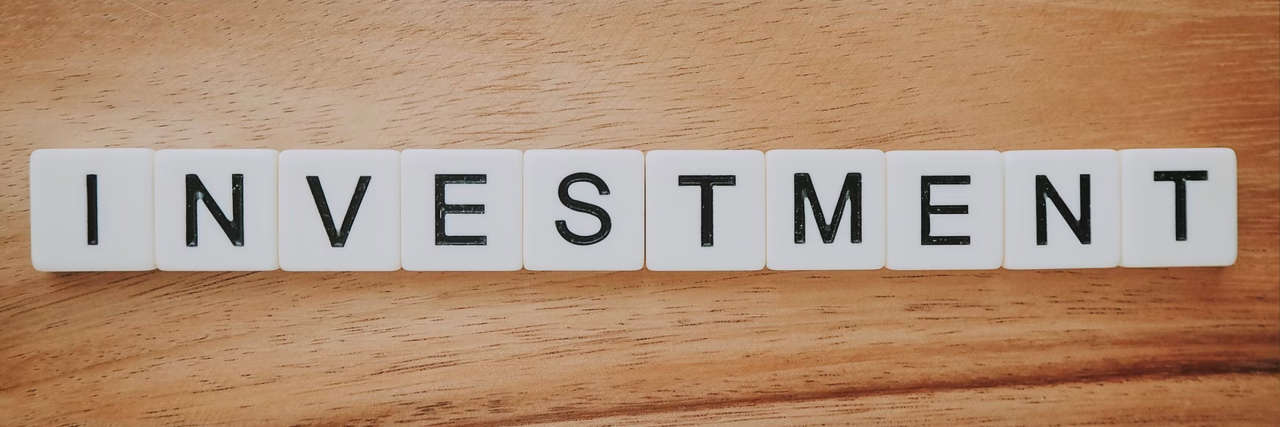Education
What is a typical exit strategy for real estate investors?
30 Jun 2022
If you’re a real estate investor, you’ve probably figured out how you’re going to make money. Without an exit strategy, you could get no return or investment – or receive less than you invested. But what does a typical exit strategy for property investors look like? The truth is, there are a few – and the one you choose will depend on your own needs and goals.

Your exit strategy is how you plan to make a return on your property investment. In other words, it’s the end goal. Establishing your exit strategy from the start can help you plan for your financial future. Let’s take a look at some typical real estate exit strategies:
1. Buy, refurbish and sell
Your exit strategy might be to earn cash by buying a property that requires work. You could refurbish it to add more value before selling it to make a profit. You might use your money to invest in another property or for something else entirely.
2. Sell all of your properties
You might decide to sell the lot if you own multiple buy-to-let properties and want to leave the market. Remember that you may have to pay Capital Gains Tax or corporation tax on some of the profits you make from an increase in the value of the rental property or properties, depending on if you’ve bought as an individual or business.
3. Sell one or some of your properties
If you have equity in some of your portfolios, you may decide to unlock it by selling a portion of your portfolio. It’s possible to sell a rental property with the tenants in situ.
The sales profit could help you pay off the mortgage on one or more of your other buy-to-let properties or a principal residence, leaving you mortgage-free.
4. Sell your company or shares
If you run your property portfolio through a limited company, your exit strategy might be to sell the company or offer shares in it in exchange for an investment that you can use to fund further growth.
5. Never sell your properties
Of course, there’s always the option never to sell. Instead, you might benefit from the rental income before passing the properties on to a beneficiary.
Are you looking to invest in property?
Are you looking to fund your first real estate investment or grow your existing portfolio? If so, property finance could help. The right finance could help your project get off to a successful start, whether you’re buying company premises or a buy-to-let.
Commercial mortgages
Commercial mortgages operate similarly to residential mortgages in that they enable you to repay your loan over the long term. They’re designed for businesses that want to buy land or real estate for commercial usage, such as business premises.
Get commercial mortgageDevelopment finance
If you need capital to fund a residential, commercial or mix-use development, you might be able to get development finance. Development finance is for the short-term; it typically has to be repaid (plus the interest) between six months and two years.
Get development financeBridge loan
Commonly used in the property sector, bridge loans do what they say on the tin: they bridge a gap in funding. For example, the funds can be used to provide someone who purchases a house at auction (but hasn’t sold their current home) with a cash injection.
Get a bridge loanBuy-to-Let mortgages
Buy-to-let (BTL) mortgages enable real estate developers and landlords to buy properties to rent out. How much you can borrow typically depends on how much rental income you’ll make from the property.
Most BTL mortgages are interest-only, where the monthly repayments pay off the interest (you pay the original loan at the end of the mortgage term).
Get a buy-to-let loanSecond charge mortgages
Second charge mortgages allow real estate investors to borrow cash whilst maintaining their existing mortgage. Like a mortgage, a legal charge will be put on your property and removed once the loan has been repaid. Remember that if you don’t repay the loan, the lender will repossess your property to recover its loss.
Get a second charge mortgageProperty Finance
Check your eligibility with our online form without affecting your credit score.
Get property financeSubscribe to our newsletter today
Sign up for the best of Funding Options sent straight to your inbox.
